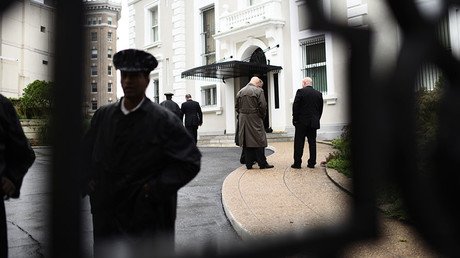What’s INF & why does it matter?
Russia gears up to suspend the Intermediate-Range Nuclear Forces treaty, after the US decided to abandon it, accusing Moscow of violations. RT looks at how compliance with the pact that calmed the Cold War has been going so far.
What is INF & why it matters?
The INF treaty signed in 1987 between the USSR and the United States eliminated nuclear and conventional ground-launched ballistic and cruise missiles with ranges of 500 to 5,500 kilometers. The historic accord marked the first time the superpowers had agreed to eliminate an entire category of nuclear arms and introduce on-site inspections for verification. The deal brought much-needed detente to an atmosphere of tense Cold War stand-off, and allowed Europe, which housed much of the American arsenal, to breathe a sigh of relief.
INF shortcomings
The deal didn’t affect aircraft- and sea-based missiles, an area where the US had a clear strategic advantage at the time, so it was widely seen as a gesture of goodwill by the USSR at a cost to its own national security. Another significant problem with the INF treaty was that other nuclear-armed nations were never party to it – including US allies France and the UK, as well as China.
Itch for ‘better INF deal’? Trump’s treaty ‘withdrawal symptom’ destabilizes global order
US claims & accusations
Despite Moscow’s compliance with the deal, Washington – citing its classified intelligence – keeps claiming that Russia has been secretly developing intermediate-range missiles, in particular, those that can allegedly be fired from the tactical missile system Iskander-M, deployed along the country’s western borders.
READ MORE: US accuses Russia of non-compliance while funding mid-range missile R&D
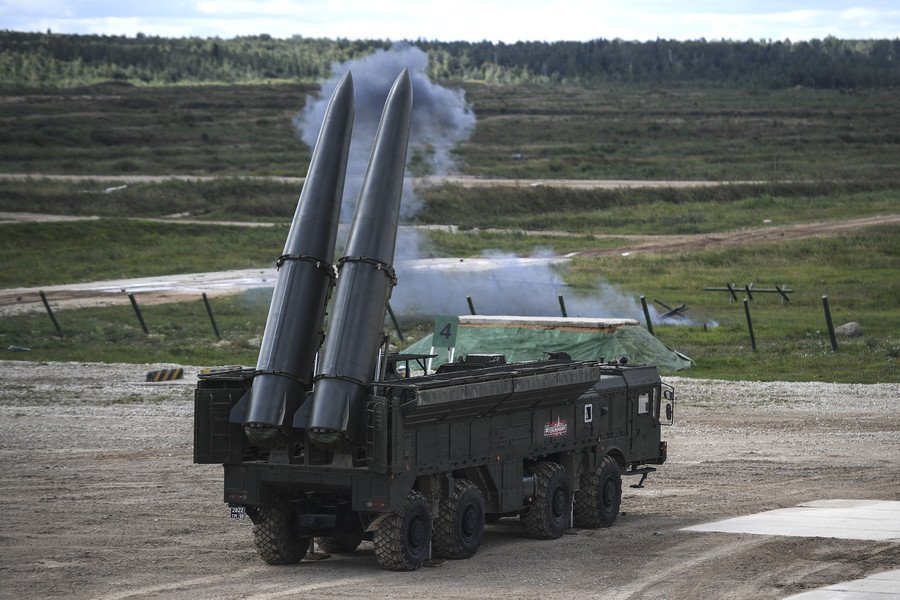
Moscow’s concerns with Washington’s ‘interpretation’ of INF
Russia has its own, rather clearly-defined issues with how the US interprets the treaty:
- Moscow is accusing the US of violating the treaty by placing standardized ground-based Aegis Ashore anti-missile launchers in Europe that can be used to fire cruise missiles.
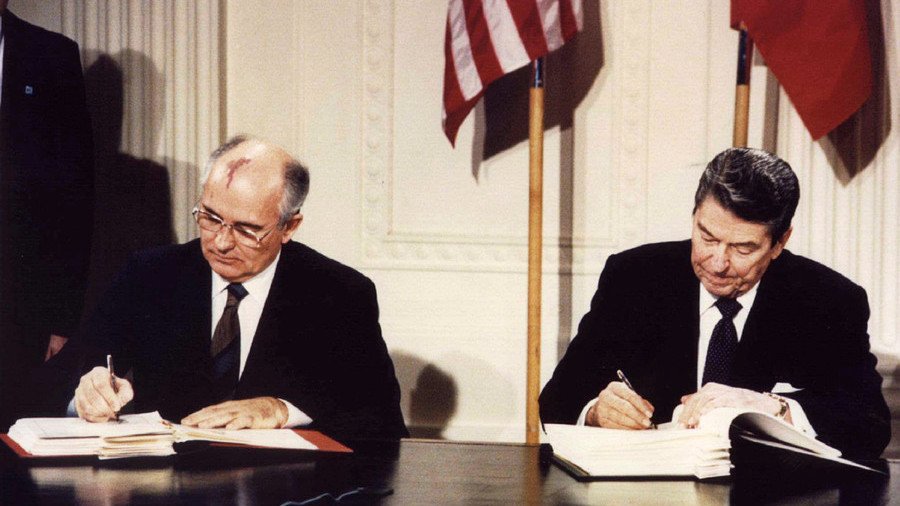
- It has also pointed to a series of so-called ballistic target-missiles, such as Hera, that are used in the US in anti-missile system tests, as being in violation.
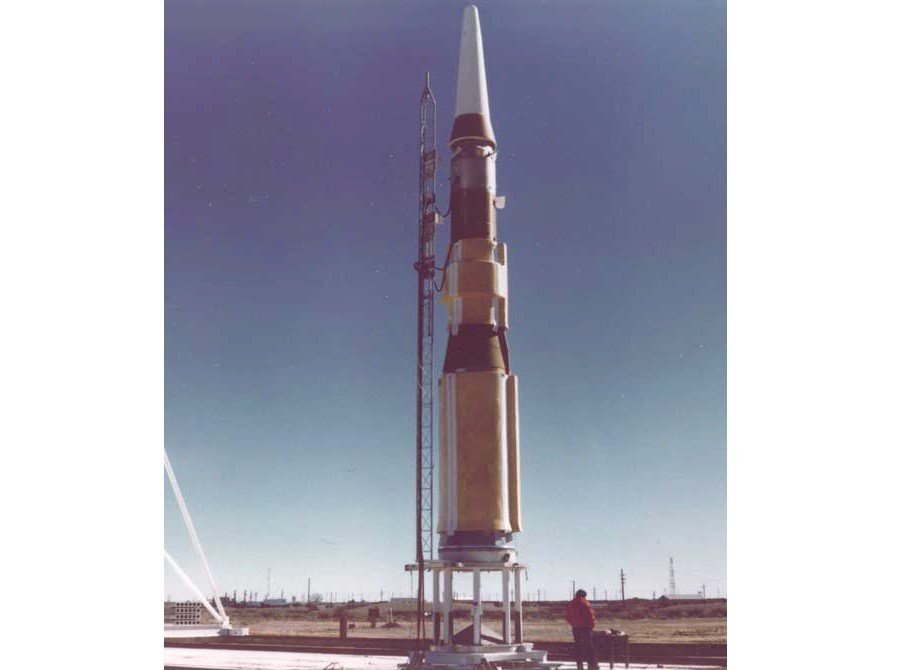
- Russia is also concerned at heavy combat drones, a staple of American air power that can perform tasks of ground-launched cruise missiles, in violation of the INF treaty.
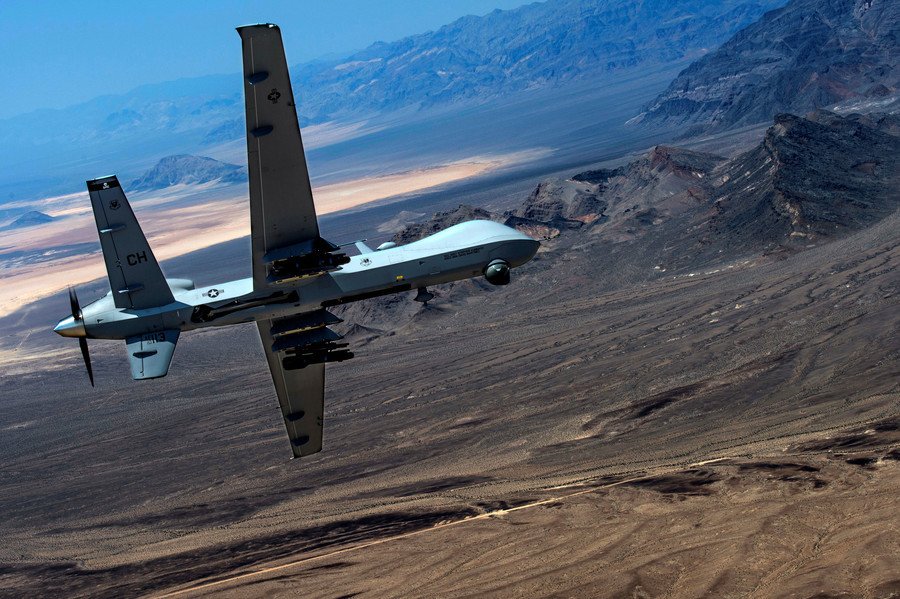
US plans & excuses
The White House administration suspended the INF treaty at the start of February and promised to leave it altogether in 180 days unless Russia gives in to its demands. Prior to its suspension, the Trump administration had requested the development of an ‘INF-compliant’ medium-range missile, as outlined in the Trump Nuclear Posture Review. Also requested by Trump was a low-yield submarine-launched nuclear warhead, which went into production in January after a speedy development.
READ MORE: US defense bill authorizes development of ‘INF treaty-compliant’ mid-range missile
However, since the INF’s suspension, Washington has pursued an even more aggressive missile strategy. In May, the Pentagon announced two non-INF compliant missile projects that, while non-nuclear, defy the range limits set out by the treaty. The first is a low-flying cruise missile capable of striking targets 1,000 km away and could be tested as early as August, once the US formally exits the treaty. Testing of the second – a ballistic missile with a range between 3,000 and 4,000 km – could commence as soon as November.
The new missile developments come after US President Donald Trump had complained that the threat of Russia and China’s military power was “unacceptable” and that the US will “have to develop those weapons.” Announcing his intention to scrap the INF commitments, and perhaps hinting at the projects to come, Trump boasted:
“So we have a tremendous amount of money to play with our military.”
Russia’s position
Russia previously vowed to observe the INF treaty as long as the US does. However, President Vladimir Putin said that should Washington choose to pull out as it did from the ABM deal:
“Russia’s response would be immediate and mirror-like.”
Russia waited almost four months from when the US suspended the INF in February before its own bill on the treaty's suspension was submitted to parliament.
Subscribe to RT newsletter to get stories the mainstream media won’t tell you.













